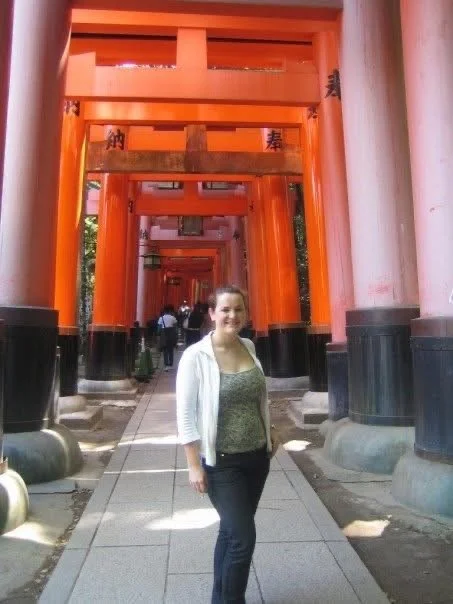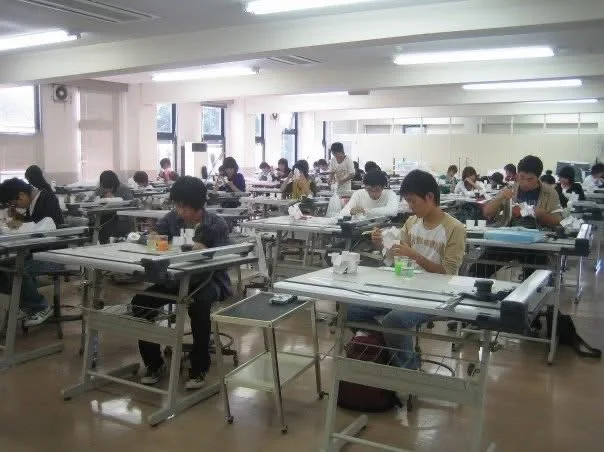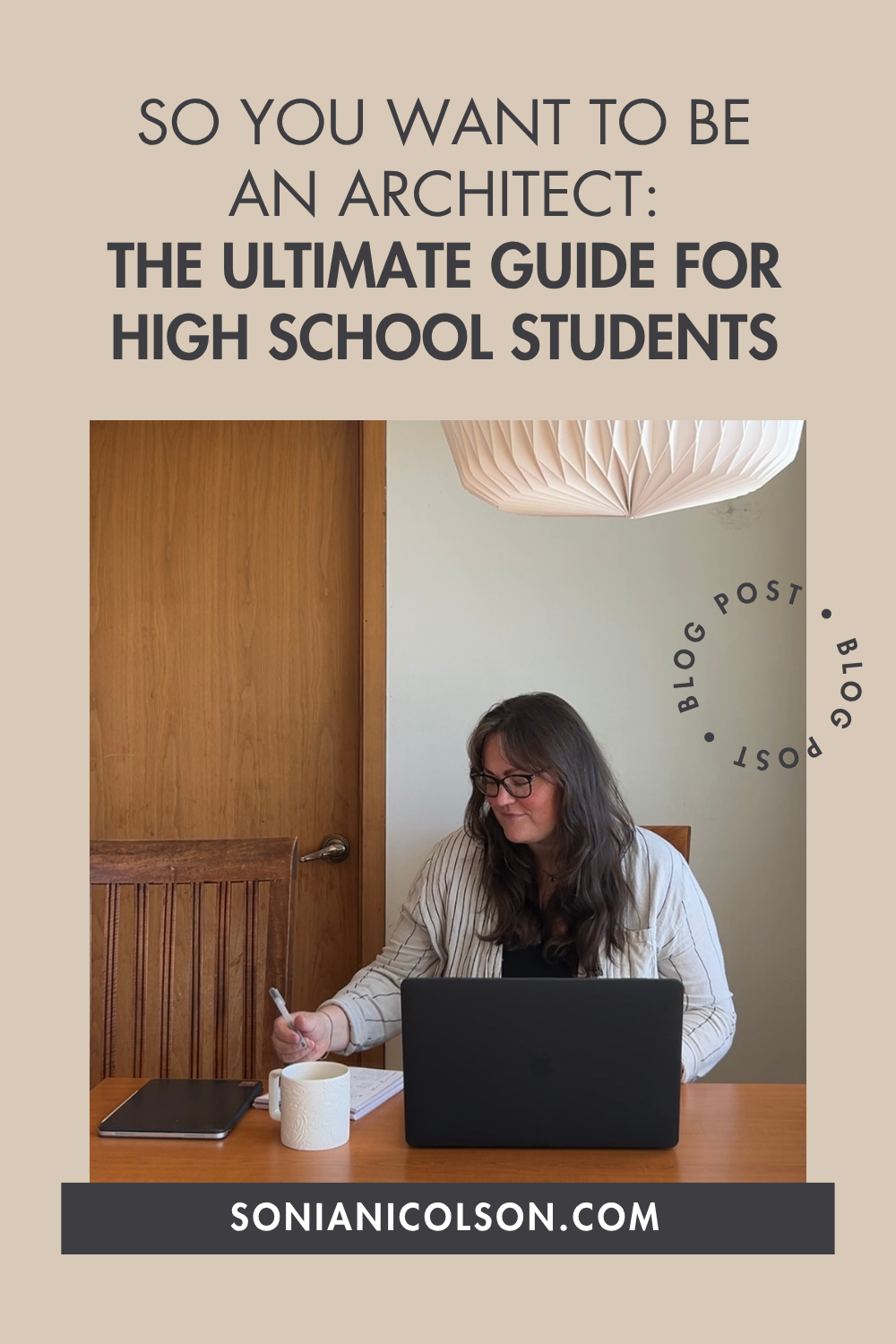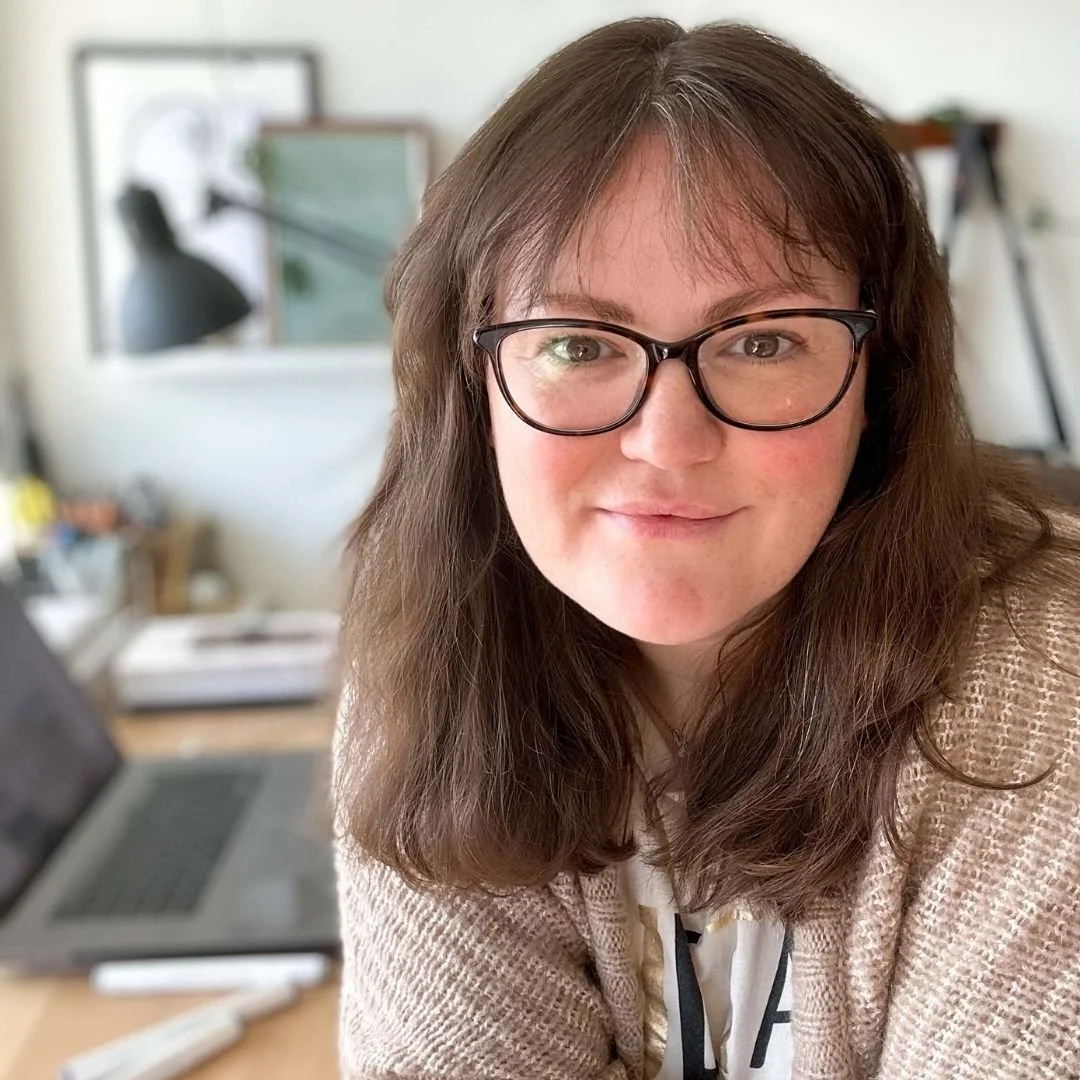The Year I Studied Architecture in Japan
/The Year That Changed Everything
In 2006, I boarded a plane from Scotland to Japan with a scholarship to complete my Master’s in Architecture. I didn’t realise how much that year would change me - not just as a designer, but as a person. Armed with a brand-new iPod loaded with “Learn Japanese in 6 Weeks,” I truly had no idea what I’d signed up for.
Life in Saijo, Japan
I lived in Saijo, a small town on the outskirts of Hiroshima, famous for its sake distilleries. No one was used to seeing a foreigner. The children would smile shyly at the train station; the parents weren’t quite sure how to react. But every morning we exchanged bows and small waves, and eventually, words.
Buying groceries became my daily language lesson. I’d mix up sentences, asking for the bus instead of milk, and the checkout girls would politely giggle and help me out. Slowly, I found my rhythm.
At university, mornings began with a can of warm royal milk tea from the vending machine. The canteen was a mystery menu, and I treated it like food bingo. Classes seemed random, without any timetable I could understand, yet the studio buzzed with quiet commitment. Students practically lived there - eating, sleeping, and creating side by side. No one complained. Everyone showed up.
It felt like being part of a huge architectural family. Tutors were deeply respected, and guest lecturers were renowned architects. One of them, Shin’ichi Ogawa, invited us to visit his residential projects in Hiroshima. His work embodied the Japanese pursuit of perfection - minimal, refined, and breathtaking in its precision. Every junction, every shadow line, every framing of light had purpose. It taught me that less truly is more, and there was no need to debate it.
Learning to See
At first, the study trips felt repetitive, endless concrete buildings, until I started really looking. I noticed how light touched the surface, how materials connected, how silence held space. The buildings didn’t need translation; they spoke their own quiet language.
Being submerged in Japanese design showed me that everything had been considered. Nothing existed without reason. Simplicity wasn’t emptiness; it was clarity. Even the cars, with their disco lights and soft-toy collections, revealed something. When your home is private, your car becomes your expression of self.
That attention to detail changed my eye forever. I stopped designing only with my head and began designing with my senses.
I travelled around Japan visiting Kyoto, Osaka, Tokyo and more, and flew over to China, visiting Shanghai, Beijing and HongKong.
Finding Stillness Through Drawing
After Christmas, something shifted. I returned with a clearer mindset, bought new pens and sketchbooks from Muji, and began exploring. Every weekend, I took a train to a new town and filled my sketchbooks with castles, bridges, rice fields, and houses.
My drawing style loosened; my lines became freer. I stopped worrying about precision and started capturing feeling. The act of slowing down gave me clarity - it was meditative. Sketching helped me understand what Japanese architecture had been teaching me all along: that stillness, observation, and patience reveal beauty that speed can’t.
If you’d like to rediscover that same sense of clarity in your own drawings, start with my How to Draw Perspectives eBook.
Studio Life & Becoming a Teacher
Back in the studio, I was surrounded by models so detailed they seemed impossible. Hand drawing wasn’t common. Everything revolved around AutoCAD and immaculate craftsmanship, yet I admired their dedication.
I wrote my dissertation on Home versus House, comparing how history and materiality informed modern living in Japan. My final design project was a Cultural Centre in Hiroshima - a space connecting memory with modern life. It drew from my sketches of old buildings, integrating historical construction methods with contemporary Japanese values. It was my way of honouring what I’d learned about balance: between old and new, Western and Eastern, simplicity and meaning.
When my professors invited me to join the student panel as a guest tutor, something clicked. I realised I didn’t need to wait until retirement to teach. I wanted to guide, to share, to encourage. That’s where the seed was planted for everything I do now.
If you’re inspired to return to hand drawing and strengthen your design fundamentals, explore my How to Draw a Floor Plan by Hand Course.


Visiting Hiroshima
During my year there, I attended the Peace Memorial ceremony, the river glowing with hundreds of lanterns carrying prayers. The mood wasn’t heavy or bitter; it was peaceful and hopeful. People stood together, united by light.
That night, I understood that, for design and humanity to coexist, architecture is ultimately about connection, memory, and belonging.
Lessons Japan Taught Me
Simplicity is clarity - every line, material, and decision should have purpose
Less is more - restraint reveals beauty
Discipline is freedom, mastery is found in repetition and care
Draw what you feel, not just what you see
Teaching is sharing curiosity - it’s how we keep design alive
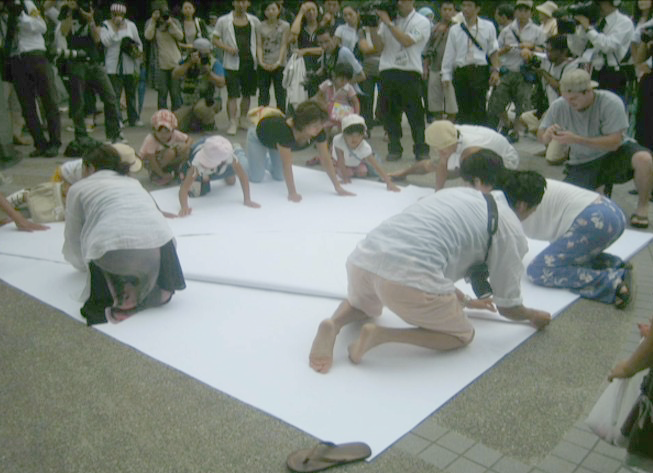


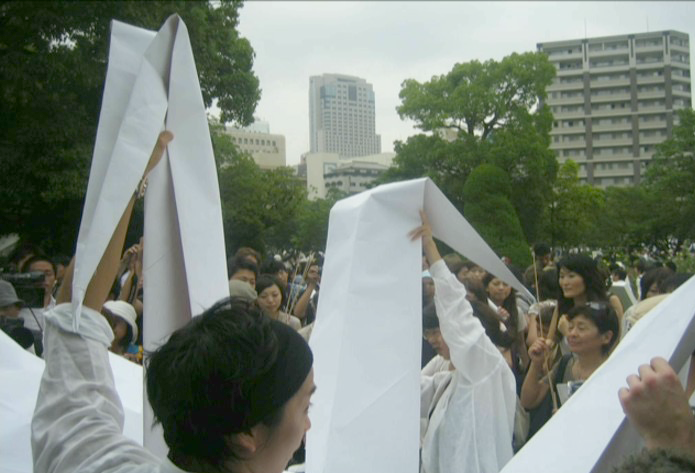
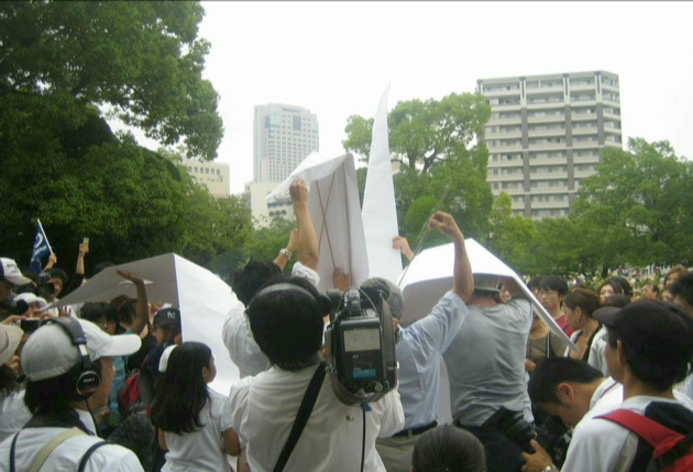
That year in Japan shaped who I am as an architect, an educator, and a person. It taught me to slow down, observe deeply, and trust that clarity comes from doing the work with heart.
Whenever I pick up a pen today, I still hear Japan’s quiet lesson whisper back: simplicity is clarity.









